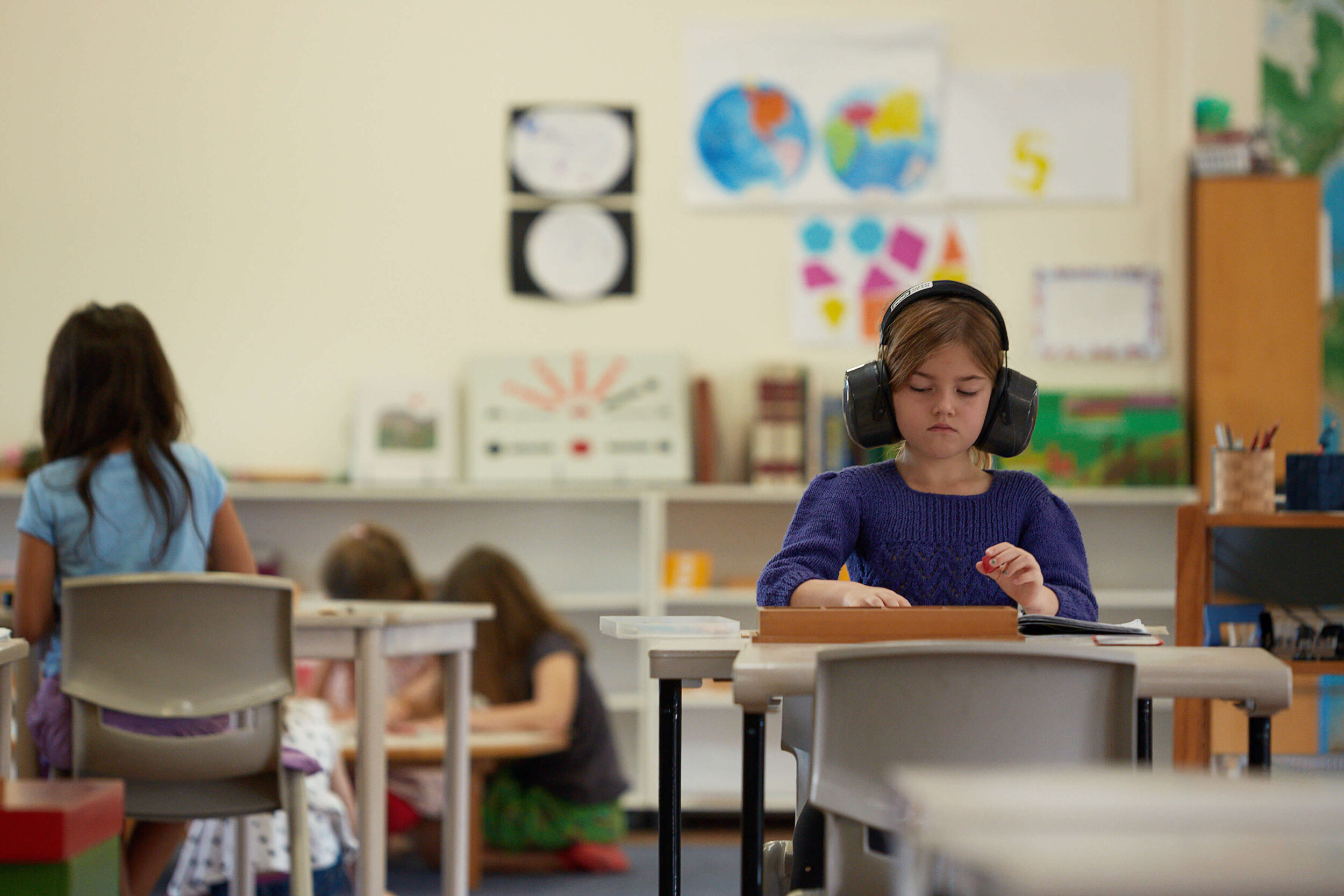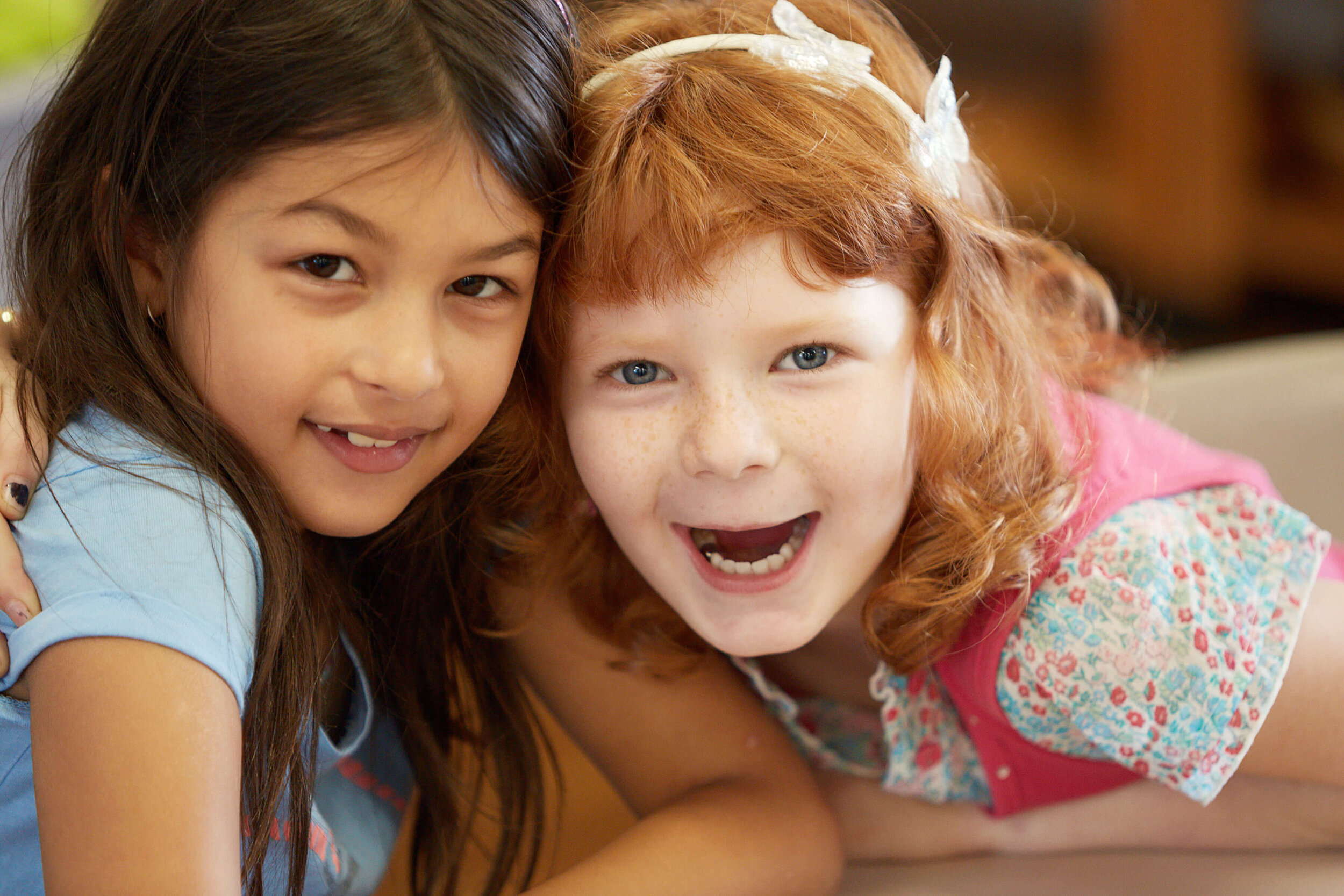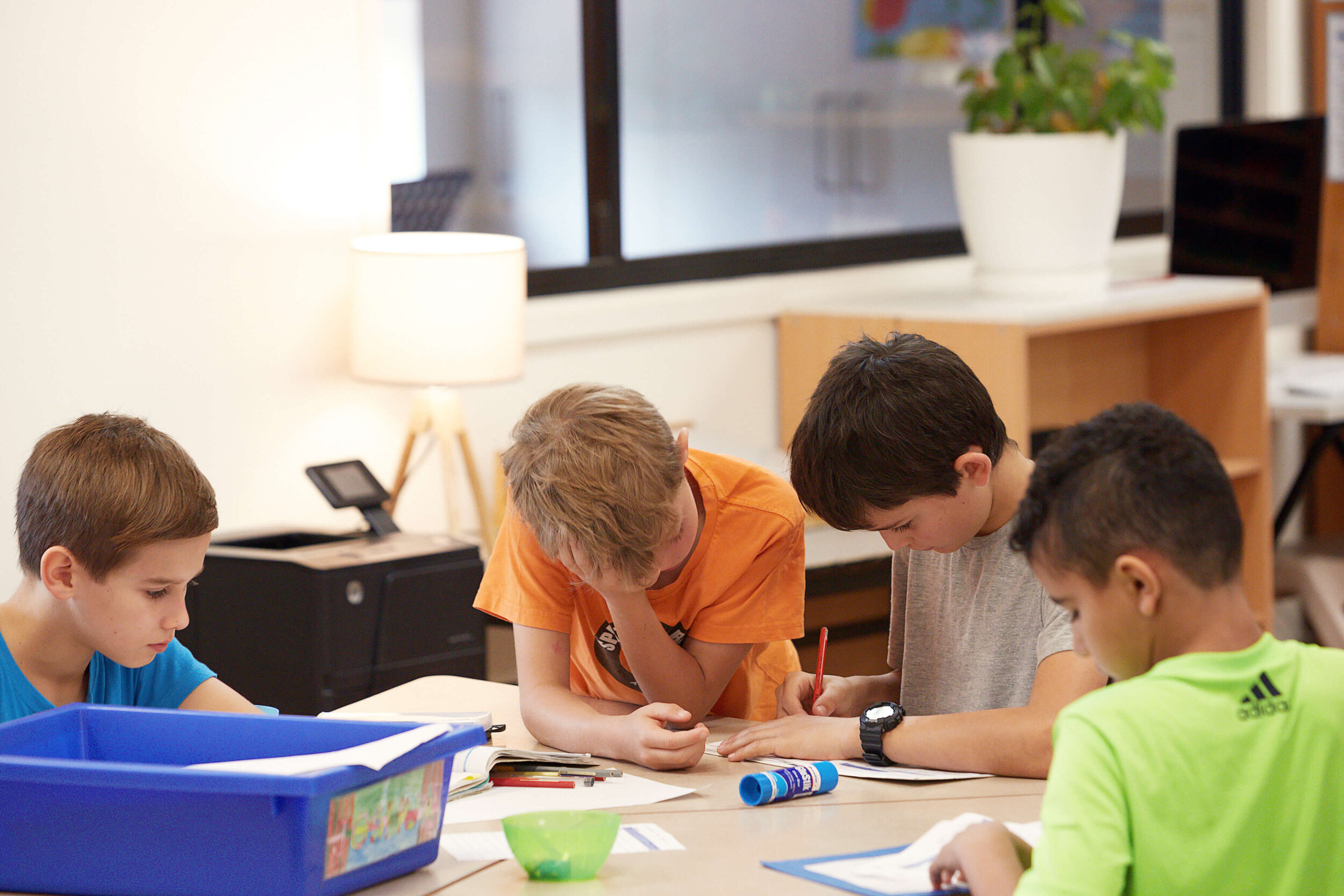
Overview: Learning Programme from Age Six to Twelve
Introduction to the Second Plane of Development
The first six years of life lay down the foundation for all future development of human beings. During these years, children experience extraordinary development in all facets of their lives. Their physical development is phenomenal, as is the development of personality, sociability and spirituality. At the same time, they acquire both language and culture. The second six years of life build on all these developments and acquisitions as children continue the process of self-construction. The nature of this process, however, changes because the characteristics of children beyond the age of six are very different.
The distinguishing features of the Montessori approach continue to underpin the Montessori curriculum for children from six to twelve years. Children are given the freedom to learn through their own activity and exploration, and, in the process, to become increasingly independent. The curriculum aims to develop in children the qualities of self-confidence, self-direction, self-discipline and persistence, in tandem with the ability to concentrate, to move with coordination, to interact with others with grace and courtesy and to take responsibility for the order of the environment and for their own learning. The preparation of the learning environment, and the resources and activities offered to the children, however, are matched to the characteristics of the second plane of development.
Characteristics of the Second Plane of Development
While the first plane of development is one of rapid physical growth and transformation, the second plane of development is characterised by physical stability and steady growth. Because less energy is being used for physical growth, children in the second plane of development have increased stamina. These stronger, healthier children are more adventurous and daring, often willing to try physically challenging things, and to ignore scrapes and bruises in order to demonstrate their increasing strength and toughness. This increase in physical stamina can also manifest itself as a capacity for sustained intellectual work. Children in this plane of development are more receptive to intellectual learning than at any other time in their lives.
In the Montessori tradition children in the first plane are said to have an absorbent mind, because they absorb, unconsciously, every aspect of their environment, language and culture. Before the age of six children are interested in the phenomena around them, both what phenomena are and where they are located, physically, socially and mentally. From about the age of six, however, the mind loses the ability to absorb the environment unconsciously. Instead, children begin to use reason and logic to learn about their world consciously. Typical questions asked by children of this age include why, how and when. This is a time when children are developing great intellectual power.
In the second plane of development, just as in the first plane, children first learn about the world through the senses. In the Montessori curriculum for the second plane of development, wherever possible, concrete materials continue to be used to introduce new concepts. For example, children experience in concrete form the regular increase in three dimensions of a graded tower of cubes, or the concrete representation of square root and cube root. The opportunity to manipulate concrete representations of abstract concepts helps children build images of these concepts in their minds. These images, gained initially through sensory experience with concrete materials, help children in the second plane of development to understand and work with, for example, patterns, sequences, algorithms and theorems. In other words, these images become tools for thinking, enabling children to use, and strengthen, their powers of logical reasoning across the discipline areas of the curriculum.
An important task for children in the first plane of development is to learn to recognise what is real and what is not. For this reason, in the Montessori Children’s House, children are presented with true information about real things, for example, plants, animals and geographical features. Beyond the age of six, however, the imagination becomes an important intellectual tool. Children in the second plane of development use their imaginations to learn. This process is described by Dr Montessori (1973/1948: 15-16) in the following way:
The secret of good teaching is to regard the child’s intelligence as a fertile field in which seeds may be sown, to grow under the heat of flaming imagination. Our aim therefore is not merely to make the child understand, and still less to force him to memorise, but so to touch his imagination as to enthuse him to his inmost core. We do not want complacent pupils, but eager ones; we seek to sow life in the child rather than theories, to help him in his growth, mental and emotional as well as physical, and for that we must offer grand and lofty ideas to the human mind, which we find ever ready to receive them, demanding more and more.
The imagination becomes the basis for abstraction, a mental tool developed by children during the second plane of development. The ability to abstract is the ability to retain an image of a sensory experience in the imagination so it can be recalled at any time, even when that experience is no longer physically present.
During the second plane of development children broaden their horizons beyond the confines of the family and into the wider society, most specifically into a new level of social life with their peers. They exhibit a great loyalty to their peer group and the evaluation of the group becomes paramount. During this time children are beginning the process of becoming independent from the family, a step they must take if they are eventually to make mature attachments beyond the family.
Children in the second plane of development are intrigued by the unusual and the extraordinary. They also look up to those they perceive to be heroes. These potential role models inspire children to stretch themselves and better themselves in some way. At the same time children of this age are developing and honing their conscience, their ability to tell right from wrong. Where young children might tend to accept what their parents tell them about right and wrong, beyond the age of six children want to work this out for themselves. They earnestly want to know what is right or wrong, good or bad, fair or unfair, but they also want to know why.
Montessori Prepared Environment for the Second Plane of Development
The preparation of the Montessori learning environment for the second plane of development and the design of the resources and activities offered to these children are based on the Montessori understanding of the distinctive characteristics of children of this age.
The Montessori environment for the second plane of development is designed for a mini-community of peers. As children begin to disengage from the family, they strive to ‘belong’ to, and become accepted by, a new community, this time of peers. Membership of this new community supports children as they become increasingly independent of the family, an independence that enables them to do things by themselves, and for themselves and others. A social environment of this type enables children, over time, to mature socially. In a community of peers, the first question children ask is, ‘Can we work together?’ In the Montessori learning environment this community provides them with the opportunity to collaborate on research projects and to share information.
In the Montessori Children’s House, children usually choose to work with the Montessori materials on their own. For this reason, most lessons are given to one child at a time. One of the first signs that children are psychologically making a transition to the second plane of development is that they begin to prefer working with other children. This way of working, characteristic of the second plane, is not simply working next to another child using a different material. Instead, it is working with another child, or a small group of children, cooperatively on the same task to achieve a shared goal. For this reason, lessons in the environment prepared for children in the second plane of development are given to small groups of children. Children who have had the same lesson are then able to follow up the work together.
Transition from the Children’s House to the Environment Prepared for Children over Six
When, in the Children’s House, older children choose to work together most of the time, they are ready to visit the environment for children in the second plane of development. This step begins their transition to the new learning environment. Ideally, the environment for the next plane of development is adjacent to the Children’s House so that children are free to visit whenever they feel ready. Older children are also able to return to the Children’s House for a visit. Older children might read to a small group of younger children, give lessons, help with games or with greetings and leave-takings. Service of this type is expected of the older children. If the architecture of the school sets up obstacles to the free movement of children between classrooms, then such opportunities are created through planning.



